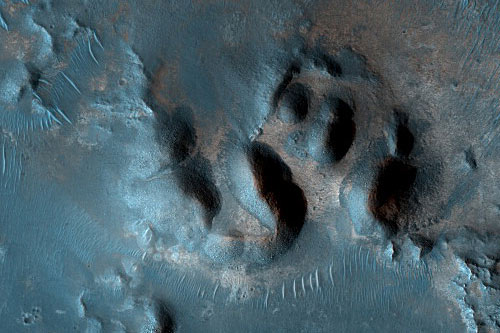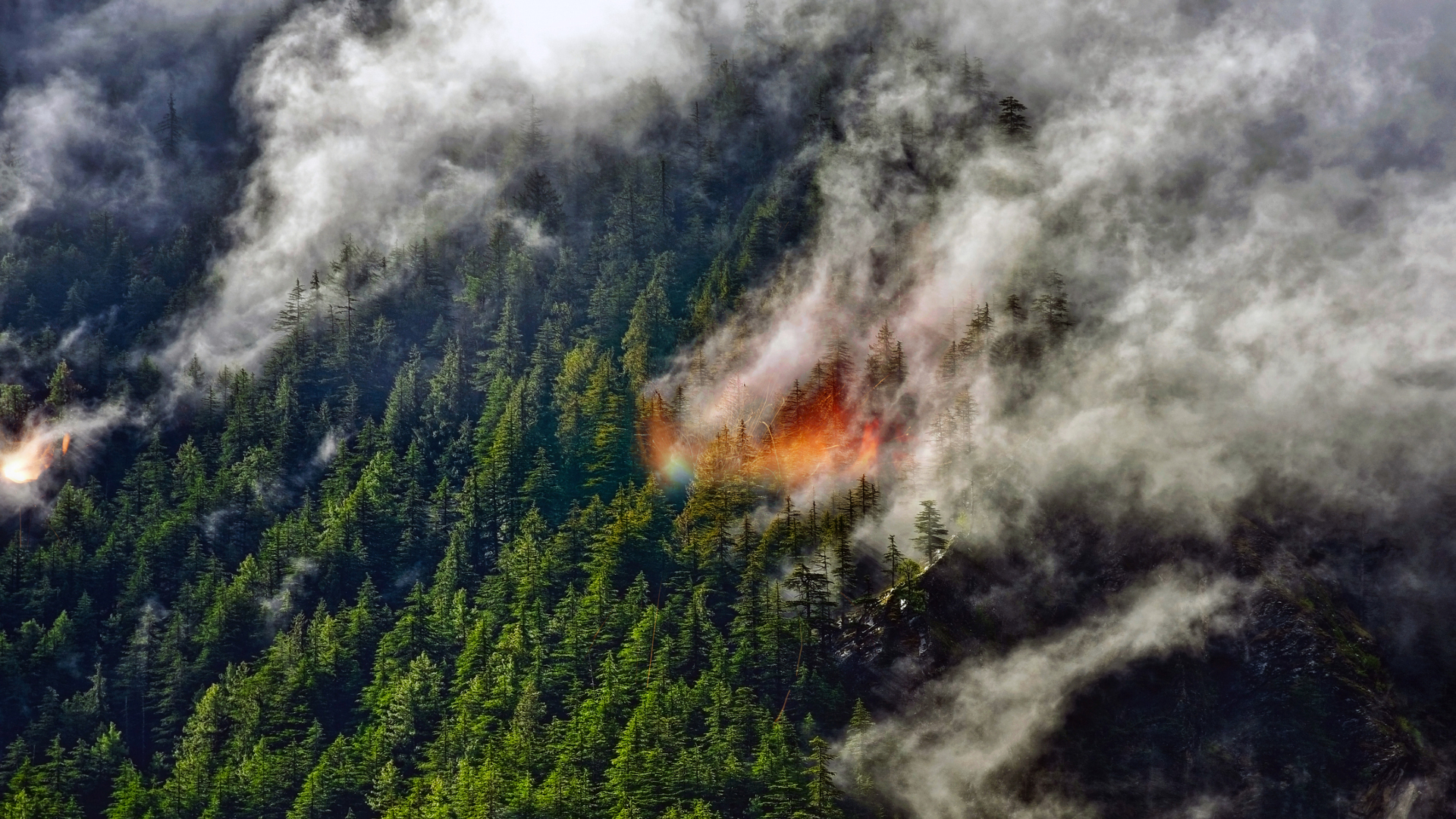Area of Mars Identified as Good Place to Look for Evidence of Past Life

A spoton Mars called Nili Fossae that is rich in clay mineral-rich rocks could be a primespot to search for the fossilized remains of Martian life that may have existed4 billion years ago, a new study suggests.
Inthe study, scientists used an instrument on NASA's Mars Reconnaissance Orbiterto study clay-carbonate rocks on the Martian surface leftover from ancient redplanet era known as the Noachian period.
Thestudy does not offer actual evidence of past life; rather, it suggests a placethat might have been habitable.
"Wesuggest that the associated hydrothermal activity would have providedsufficient energy for biologicalactivity on early Mars at Nili Fossae," said study lead author AdrianBrown, a scientist at the Search for Extraterrestrial Intelligence Institute(SETI) in Mountain View, Calif., in a statement.
Thestudy's findings will be detailed in an upcoming issue of the journal Earthand Planetary Science Letters.
Scientistshave not yet discovered proof of life onMars, or anywhere in the universe beyond Earth, though they are gettingcloser to knowing where to look and how to recognize the signs of life if theyare present.
Brownand his colleagues studied the hydrothermal formation of clay-carbonate rocksin the Nili Fossae region on Mars. Their results suggest that thesecarbonate-bearing rocks share similarities with traces of life and biologicalmarkers on early Earth ? particularly in a region of Western Australia.
Breaking space news, the latest updates on rocket launches, skywatching events and more!
TheNili Fossae are valleys that have cut into the ancient crust of Mars, exposingclay minerals.
TheMars terrain in this region shares many traits with Australia's East Pilbararegion, which has preserved evidence of ancient Earth life beneath the soil,they said.
"Inthe article, we discuss the potential of the Archean volcanic of the EastPilbara region of Western Australia as an analog for the Noachian Nili Fossaeon Mars," Brown said. "They indicate that biomarkers or evidenceof living organisms, if produced at Nili, could have been preserved, asthey have been in the North Pole Dome region of the Pilbara craton."
TheNili Fossae region was seen as an ideal area to investigate the potentialhabitability of early Mars. At one point, it was in the running as one of sevencandidate landing sites for NASA's upcoming Mars Science Laboratory rover mission.
Sincethen, NASA scientists have whittled the candidate roverlanding targets to four locations on Mars known as Mawrth Vallis, Gale crater, Holden crater and Eberswaldecrater.
Brownand his team of researchers used the Compact Reconnaissance ImagingSpectrometer for Mars (CRISM) instrument onboard NASA's Mars ReconnaissanceOrbiter. Crism studied the ancient rocks with infrared light.
- Ten Alien Encounters Debunked
- Gallery - Latest Mars Photos from Spirit and Opportunity
- Most Amazing Mars Rover Discoveries

Denise Chow is a former Space.com staff writer who then worked as assistant managing editor at Live Science before moving to NBC News as a science reporter, where she focuses on general science and climate change. She spent two years with Space.com, writing about rocket launches and covering NASA's final three space shuttle missions, before joining the Live Science team in 2013. A Canadian transplant, Denise has a bachelor's degree from the University of Toronto, and a master's degree in journalism from New York University. At NBC News, Denise covers general science and climate change.
